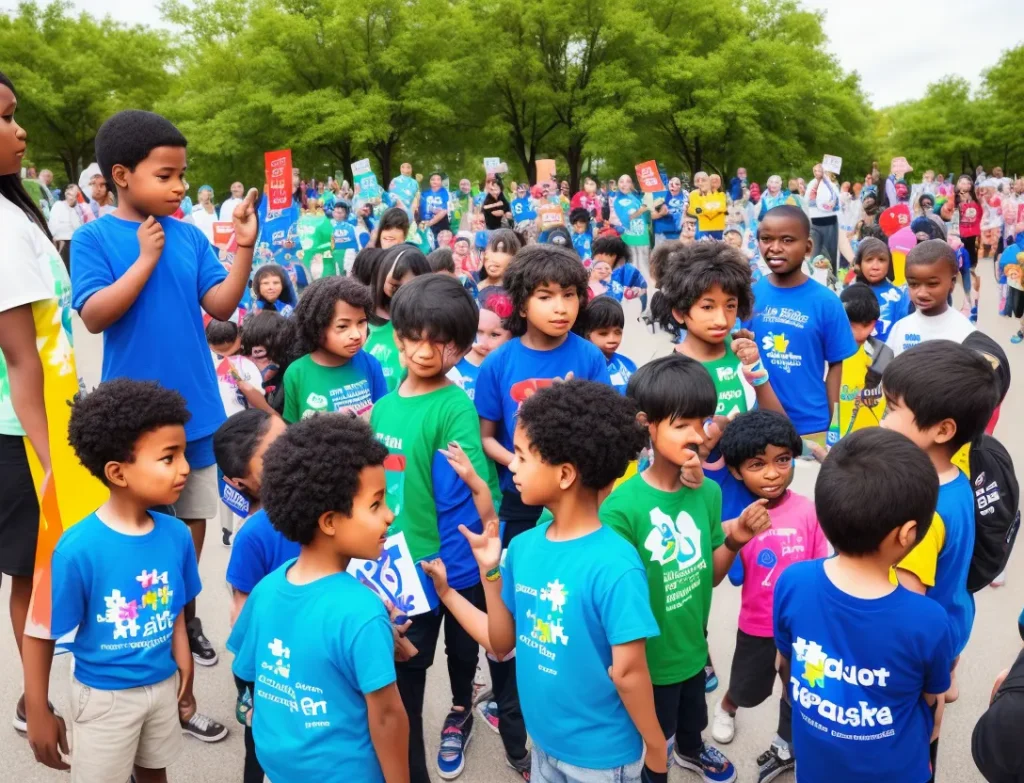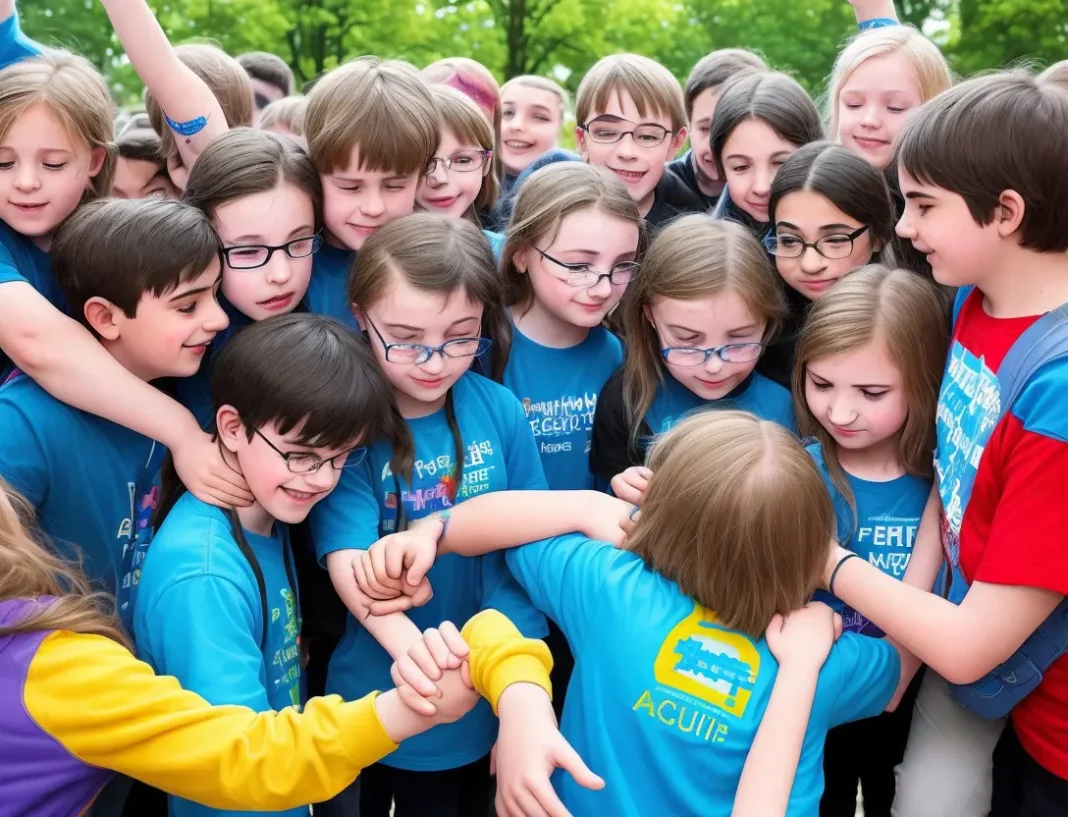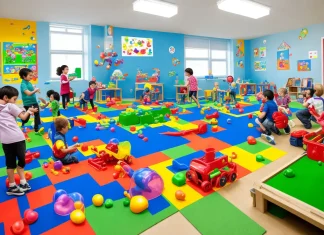Introduction
Autism spectrum disorder (ASD) is a developmental condition that affects individuals’ social interaction, communication, and behavior. Advocacy plays a crucial role in supporting children with autism, ensuring their needs are met, and promoting inclusivity in society. In this article, we will explore the importance of autism advocacy for kids and discuss effective strategies to empower children with autism.
Understanding Autism
What is Autism?
Autism, also known as autism spectrum disorder (ASD), is a neurodevelopmental disorder that affects individuals from early childhood. It is characterized by challenges in social interaction, communication, and repetitive behavior patterns. Each person with autism has a unique set of strengths and challenges, making it a spectrum disorder.
Autism Spectrum Disorder (ASD)
ASD encompasses a wide range of conditions, including Asperger’s syndrome, pervasive developmental disorder not otherwise specified (PDD-NOS), and autistic disorder. The severity of symptoms and the level of support required can vary significantly among individuals with ASD.
Importance of Autism Advocacy for Kids

Advocacy for children with autism is essential to ensure they receive the support and opportunities they need to thrive. Here are some key reasons why autism advocacy is crucial:
Raising Awareness
Advocacy efforts help raise awareness about autism, dispel myths and misconceptions, and promote understanding within society. By increasing awareness, we can create a more inclusive environment for children with autism.
Promoting Inclusion
Advocacy plays a vital role in promoting inclusivity in schools, communities, and public spaces. It encourages the integration of children with autism into mainstream education, social activities, and recreational programs, fostering a sense of belonging.
Supporting Education
Autism advocacy focuses on improving educational opportunities for children with autism. It emphasizes the importance of individualized education plans (IEPs), specialized support services, and inclusive classrooms to meet the unique needs of children with autism.
Strategies for Effective Autism Advocacy

To effectively advocate for children with autism, consider the following strategies:
Collaborating with Schools and Educators
Working closely with schools and educators is crucial in ensuring that appropriate accommodations and support services are in place. This collaboration helps create an inclusive and supportive learning environment for children with autism.
Engaging with Supportive Organizations
Partnering with organizations dedicated to autism support and advocacy can amplify your efforts. These organizations often provide resources, guidance, and networking opportunities for parents, caregivers, and advocates.
Promoting Legislative Changes
Advocacy at a legislative level can bring about systemic changes that positively impact the lives of children with autism. It involves lobbying for policies, funding, and programs that enhance the accessibility of healthcare, education, and community support for individuals with ASD.
Empowering Parents and Caregivers
Parents and caregivers play a critical role in advocating for their children with autism. Here are some ways to empower parents and caregivers:
Providing Resources and Support
Ensuring access to reliable information, resources, and support networks is essential for parents and caregivers. This empowers them to make informed decisions, navigate challenges, and access necessary services for their children.
Sharing Personal Experiences
Sharing personal experiences helps create a sense of community and solidarity among parents and caregivers. It provides a platform to exchange knowledge, strategies, and emotional support, fostering a supportive network.
Creating Support Networks
Facilitating connections between parents and caregivers through support groups, online forums, or local meetups can provide a safe space to share experiences, learn from one another, and advocate collectively.
The Role of Community in Autism Advocacy

Building supportive and accepting communities is vital for effective autism advocacy. Here’s how communities can contribute:
Building Accepting Communities
Communities can foster inclusivity by promoting understanding, acceptance, and empathy towards individuals with autism. This involves educating community members, businesses, and organizations about autism and promoting an inclusive mindset.
Organizing Events and Awareness Campaigns
Hosting events and awareness campaigns helps spread knowledge about autism and celebrates the achievements of individuals on the spectrum. These initiatives also provide opportunities for fundraising, volunteering, and building partnerships.
Encouraging Volunteerism
Encouraging community members to volunteer their time and skills to support individuals with autism and their families can make a significant impact. Volunteers can contribute to programs, events, or mentoring initiatives, fostering a sense of belonging.
The Future of Autism Advocacy for Kids

As autism research and understanding continue to evolve, the future of autism advocacy holds several promising aspects:
Advancements in Research and Treatment
Ongoing research provides new insights into the causes, prevention, and treatment of autism. Advocacy will continue to support the development of evidence-based interventions and access to cutting-edge therapies for children with autism.
Addressing Stigma and Misconceptions
Advocacy efforts will focus on challenging stigmatization and dispelling misconceptions surrounding autism. By raising public awareness and fostering acceptance, we can create a society that values and supports individuals with autism.
Conclusion
Autism advocacy for kids plays a vital role in promoting awareness, inclusion, and support for children with autism. By collaborating with educators, engaging with supportive organizations, empowering parents, and building accepting communities, we can ensure a brighter future for individuals on the autism spectrum.
FAQs
1. How common is autism in children? Autism affects approximately 1 in 54 children, according to the Centers for Disease Control and Prevention (CDC).
2. Can autism be cured? There is currently no cure for autism. However, early intervention and appropriate support can significantly improve the quality of life for individuals with autism.
3. What are some signs of autism in children? Signs of autism in children may include difficulties with social interaction, delayed speech and language skills, repetitive behaviors, and intense interests in specific topics.
4. How can I support autism advocacy as an individual? You can support autism advocacy by spreading awareness, volunteering, donating to autism organizations, and promoting inclusivity in your community.
5. Are there different forms of autism? Yes, autism is a spectrum disorder, meaning it encompasses a range of conditions with varying levels of severity and symptoms. Each individual with autism is unique.



























